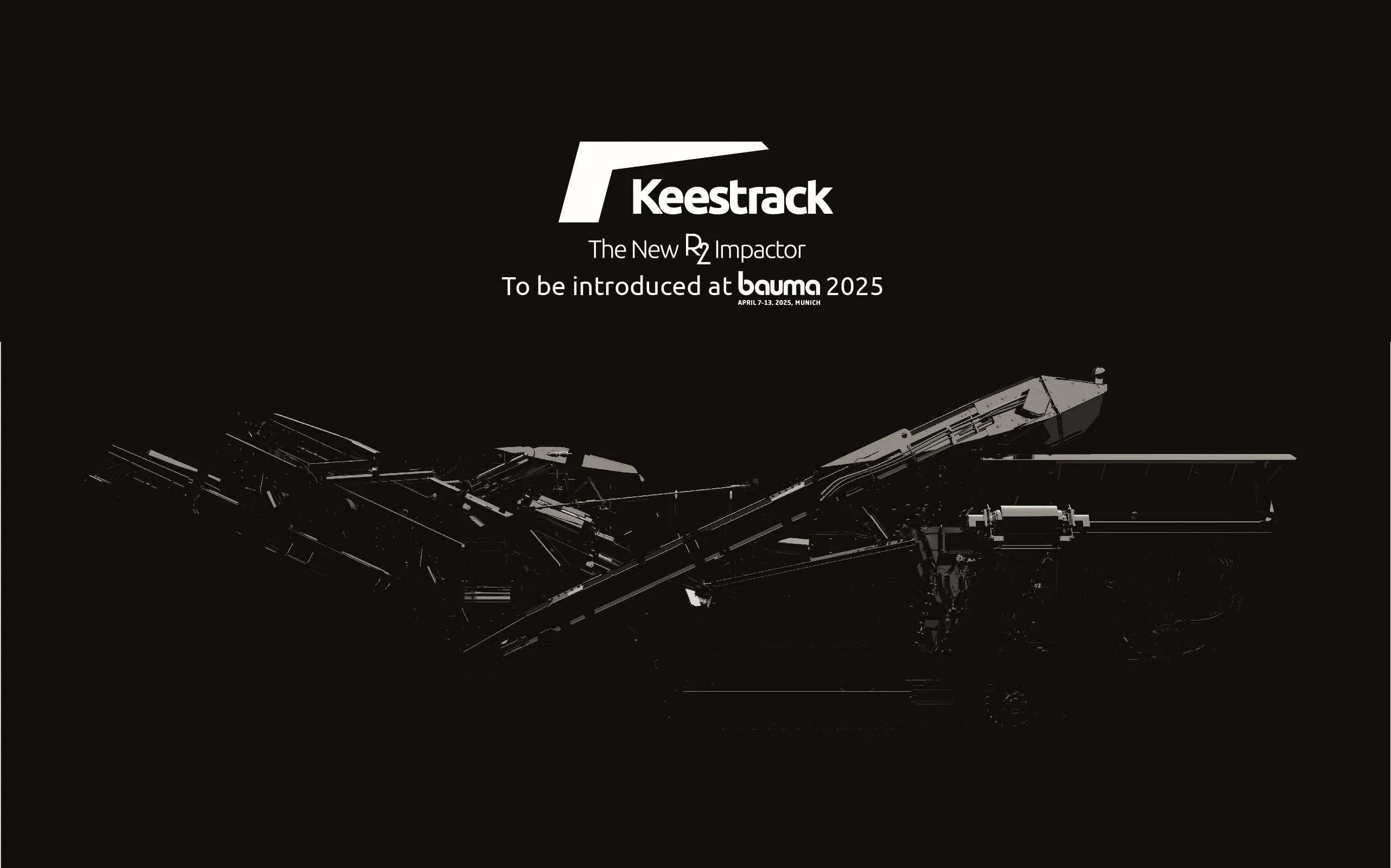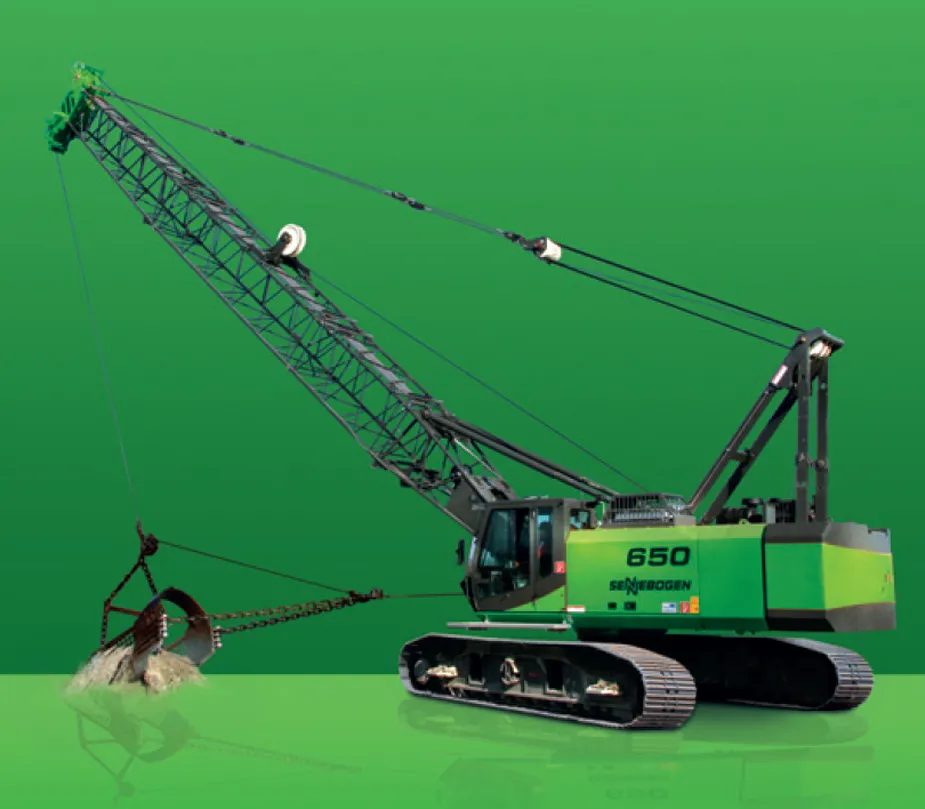The Atlas AK 65CS A3L is a 6m/ton crane that many customers use for grab applications – a use that is unusual for a loader crane of this size, says the company.
March 8, 2017
Read time: 1 min
The
The crane is often used by government agencies for public road works as a versatile carrier for various attachments. The A3L base unit has a hydraulic outreach of 7.2m (23’6”) and a lifting capacity of 730kg (1609 lbs).
Atlas is showing the non-European Community version of the crane at CONEXPO-CON/AGG – without electrics or electronics.








